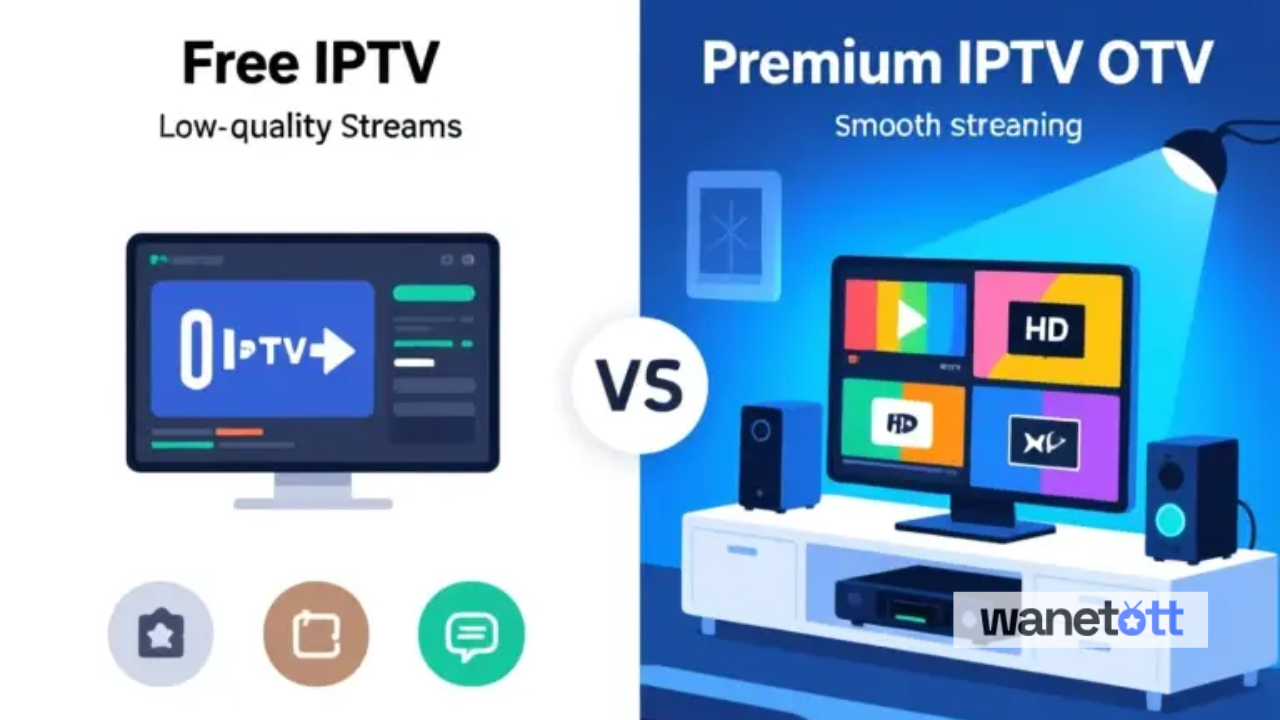Opening a new facility involves careful planning and execution across multiple departments, from operations to security. One critical aspect of this process is ensuring that Access Control Systems are properly designed, installed, and tested before doors open to employees, visitors, or contractors. A well-implemented access control system protects assets, ensures regulatory compliance, and creates a safe environment for everyone entering the facility. By following a detailed checklist, organizations can avoid security gaps and operational issues.
Why an Access Control Checklist is Important
Security is most effective when implemented proactively rather than reactively. Launching a facility without reviewing all elements of the access control security systems can leave vulnerabilities, including unsecured entry points, incomplete user permissions, or inadequate monitoring. A checklist ensures that every component, from hardware installation to credential management, is addressed before the facility becomes operational.
Using a structured access system checklist also helps coordinate efforts between security teams, facility managers, and IT personnel, ensuring a smooth and secure opening.
Key Items for the Access Control Checklist
1. Define Security Zones and Access Levels
Start by mapping out the facility and defining security zones based on sensitivity and operational needs. Different areas may require different levels of access:
-
Public areas such as lobbies and conference rooms
-
Restricted areas like server rooms, storage, or laboratories
-
High-security zones requiring multi-factor authentication
Assigning appropriate access levels ensures that your accesscontrol system aligns with organizational security policies.
2. Select Appropriate Hardware
Choosing the right hardware is essential for a secure and reliable access control system. Consider the following:
-
Card readers, biometric scanners, and keypads
-
Door controllers and electric locks compatible with your access system
-
Backup power supplies and battery-operated fail-safes for critical doors
-
Durable and vandal-resistant devices for high-traffic areas
Proper hardware selection guarantees that the access control security systems can operate effectively under normal and emergency conditions.
3. Implement Credential Management
Before opening the facility, establish a system for issuing, managing, and revoking credentials. This includes:
-
Assigning unique credentials for employees, contractors, and visitors
-
Implementing temporary credentials for short-term access
-
Creating policies for lost or stolen credentials
-
Ensuring credential types are compatible with your access system
Effective credential management enhances security while simplifying operational workflow.
4. Configure Software and Access Policies
Modern access control systems rely on software to manage permissions, schedules, and monitoring. Key tasks include:
-
Configuring user roles and access levels
-
Scheduling time-based access for staff and visitors
-
Setting up automated alerts for unauthorized access attempts
-
Integrating with other security tools such as CCTV or alarm systems
Well-configured software ensures the accesscontrol system functions as intended from day one.
5. Test All Entry Points
Every door, gate, and entry point must be tested to confirm proper operation. Testing should include:
-
Valid credential entry and exit
-
Denial of access for unauthorized credentials
-
Emergency exit functionality and fail-safes
-
Integration with alarms and notification systems
Thorough testing ensures the access system is reliable and secure before anyone enters the facility.
6. Emergency and Safety Protocols
Ensure that access control security systems comply with fire, health, and safety regulations. This includes:
-
Emergency exit routes that override access restrictions
-
Alarm integration for forced entry or door tampering
-
Coordination with first responders for secure but accessible entry
Planning for emergencies ensures safety while maintaining access control integrity.
7. Staff Training and Awareness
Even the best access control systems can be ineffective if staff are not trained. Training should cover:
-
How to use credentials and mobile access tools
-
Procedures for reporting lost or compromised credentials
-
Emergency access procedures and safety protocols
-
Recognizing and reporting suspicious activity
Educated staff contribute to the overall security and effectiveness of the access system.
8. Monitor and Audit Systems
Before opening the facility, implement monitoring and audit procedures:
-
Configure dashboards for real-time monitoring
-
Schedule regular review of access logs and system performance
-
Establish alert protocols for suspicious activity or system malfunctions
-
Ensure compliance reporting is ready for inspections
Monitoring and auditing help maintain ongoing security and operational efficiency in accesscontrol environments.
Additional Considerations
-
Scalability: Ensure that the access control systems can grow with the facility, accommodating new employees, areas, or locations.
-
Integration: Verify that your access system integrates with other building management and security solutions.
-
Maintenance: Develop a maintenance schedule for both hardware and software to prevent downtime.
-
Vendor Support: Confirm that vendors provide reliable support for installation, troubleshooting, and upgrades.
Conclusion
Opening a new facility is a complex endeavor, and security cannot be overlooked. By following a comprehensive checklist, organizations ensure that their Access Control Systems are fully operational, secure, and ready for daily use. From defining access levels and selecting hardware to software configuration, testing, and staff training, each step plays a crucial role in safeguarding the facility.
Platforms like XTEN-AV provide advanced accesscontrol solutions that simplify deployment, enhance monitoring, and integrate seamlessly with other security systems. Leveraging these tools ensures that facilities open safely, efficiently, and with robust protection for employees, visitors, and assets. A proactive approach to access control lays the foundation for long-term security, operational efficiency, and peace of mind.
Read more: https://help4seo.com/how-to-provide-access-to-maintenance-staff-safely/

